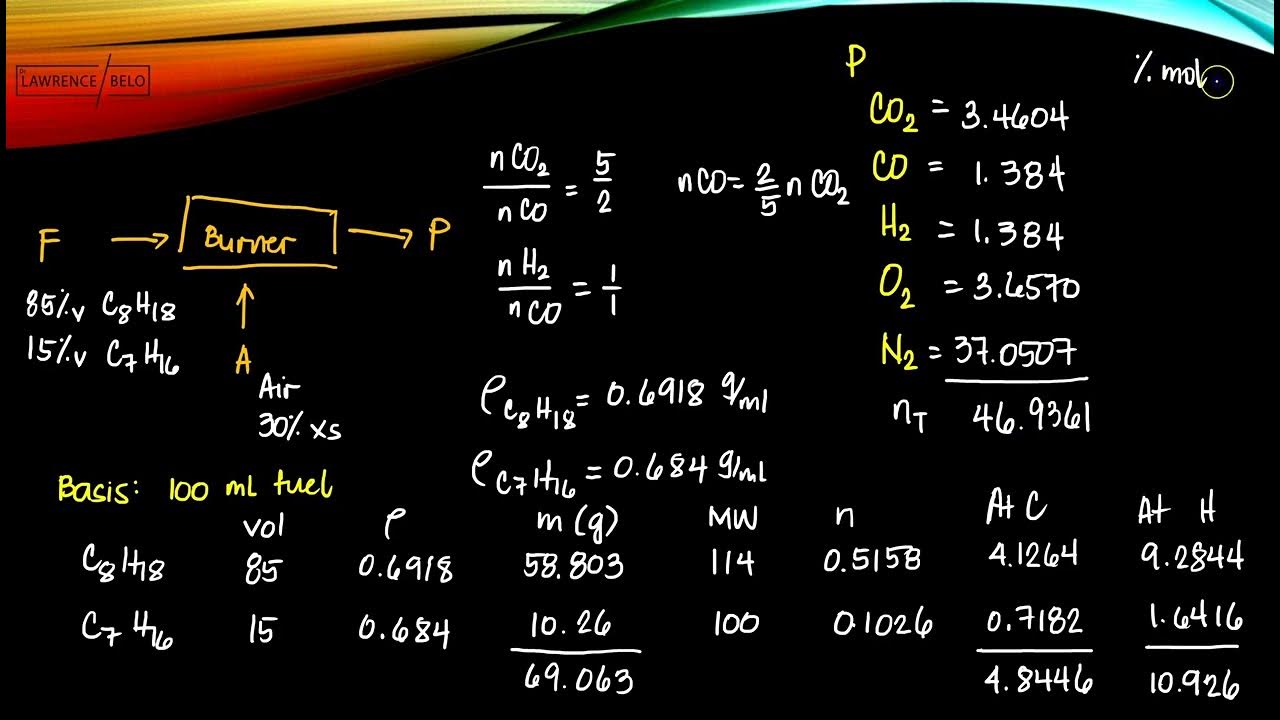How to Analyze Art (Composition)
Summary
TLDRThis video script offers a detailed guide on analyzing an artwork's composition. It introduces a four-step method: assessing balance or dynamic, identifying focal points, examining visual movement, and discussing the proximity of elements. The script uses a Singaporean painting as an example to demonstrate how these elements contribute to the artwork's overall harmony and expression.
Takeaways
- 🎨 The composition of an artwork refers to how elements are arranged, whether orderly or chaotic, and how they interact with each other in terms of space and movement.
- 🔍 A Four-Step template is provided for analyzing an artwork's composition, which includes assessing balance, identifying focal points, tracing visual movement, and examining the proximity of elements.
- 📏 Step 1 focuses on whether the artwork is balanced or dynamic, and if balanced, it can be either symmetrical or asymmetrical.
- 🏠 In the given example, the Singaporean painting's composition is balanced, with elements such as the wooden plank and village houses creating a sense of equilibrium.
- 👀 Step 2 is about finding the focal points in the artwork that draw the viewer's attention first, such as the village houses in the painting due to their size and color contrast.
- 🌊 Step 3 involves understanding the visual movement within the artwork, how the eyes are guided around it, and how different elements create a flow of attention.
- 🔄 The visual movement can create a circular pattern, moving from background to foreground and back, as illustrated by the river and wooden walkway in the painting.
- 👥 Step 4 discusses the proximity of elements, noting how close or distant they are from each other and what this might signify about the depicted relationships or themes.
- 🌳 The script suggests that the close grouping of figures and trees in the painting could represent a harmonious relationship between people and nature, indicative of the 'Kampong spirit'.
- 📝 When writing the analysis, it's important to articulate observations clearly, comparing different elements and their visual weights to explain the artwork's composition.
- 📚 Practicing these steps will enhance one's ability to analyze and appreciate art, offering a deeper understanding of the artist's intentions and the artwork's impact.
Q & A
What is the primary focus of analyzing an artwork's composition?
-The primary focus is on the arrangement of elements in the artwork, including whether they are orderly or chaotic, their proximity to each other, and how they direct the viewer's eye.
What is the first step in the provided template for analyzing an artwork's composition?
-The first step is to determine whether the artwork is balanced or dynamic, and to provide evidence supporting this view.
How can balance be achieved in an artwork's composition?
-Balance can be achieved through symmetrical placement of objects, where elements on one side of the artwork mirror those on the other, creating a sense of equilibrium.
What is an example of asymmetrical balance in the script?
-An example is the villagers in the left foreground being balanced with three clusters of villagers on the right, despite not being symmetrically arranged.
What is the purpose of identifying focal points in an artwork?
-Identifying focal points helps understand which parts of the artwork draw the viewer's attention first and why, contributing to the overall impact of the artwork.
How does the script suggest analyzing the visual movement in an artwork?
-The script suggests observing how the viewer's eyes are guided around the artwork, noting the direction and pattern of this movement, such as from left to right or in a circular way.
What is the significance of the proximity of elements in an artwork's composition?
-The proximity of elements can indicate their relationship and can suggest themes such as togetherness, collaboration, or harmony with nature.
How does the script describe the visual movement created by the arrangement of focal points?
-The script describes a circular visual movement, where the viewer's eyes move from the background through the river to the foreground and back to the background, creating a cohesive viewing experience.
What is the fourth step in the provided template for analyzing an artwork's composition?
-The fourth step is to examine the proximity of elements in the artwork, noting whether they are close together or far apart and what this might imply about the artwork's themes.
Why is it important to compare focal points when analyzing an artwork's composition?
-Comparing focal points can help understand the artist's intent and the relative importance of different elements in the artwork, enhancing the viewer's appreciation of the piece.
How can the script's template be applied to analyze different types of artworks?
-The template's four steps—balancing or dynamic, focal points, visual movement, and proximity of elements—can be universally applied to any artwork, providing a structured approach to understanding its composition.
Outlines

此内容仅限付费用户访问。 请升级后访问。
立即升级Mindmap

此内容仅限付费用户访问。 请升级后访问。
立即升级Keywords

此内容仅限付费用户访问。 请升级后访问。
立即升级Highlights

此内容仅限付费用户访问。 请升级后访问。
立即升级Transcripts

此内容仅限付费用户访问。 请升级后访问。
立即升级浏览更多相关视频

18 A - Sample Problem on Combustion of Liquid Fuels (Case 1)

RIMBAUD, 𝘊𝘢𝘩𝘪𝘦𝘳𝘴 𝘥𝘦 𝘋𝘰𝘶𝘢𝘪 🧠 Créativité et émancipation ? (Dissertation corrigée pas à pas)

EVERY Miyabi is doing THIS Wrong! #1 Miyabi Build Guide 2025 | Zenless Zone Zero [ZZZ]

AQA English Literature Paper 2 Section A: 'An Inspector Calls'

Q. What are the Key Features of React ?

Precio Unitario de Zapata Corrida
5.0 / 5 (0 votes)
